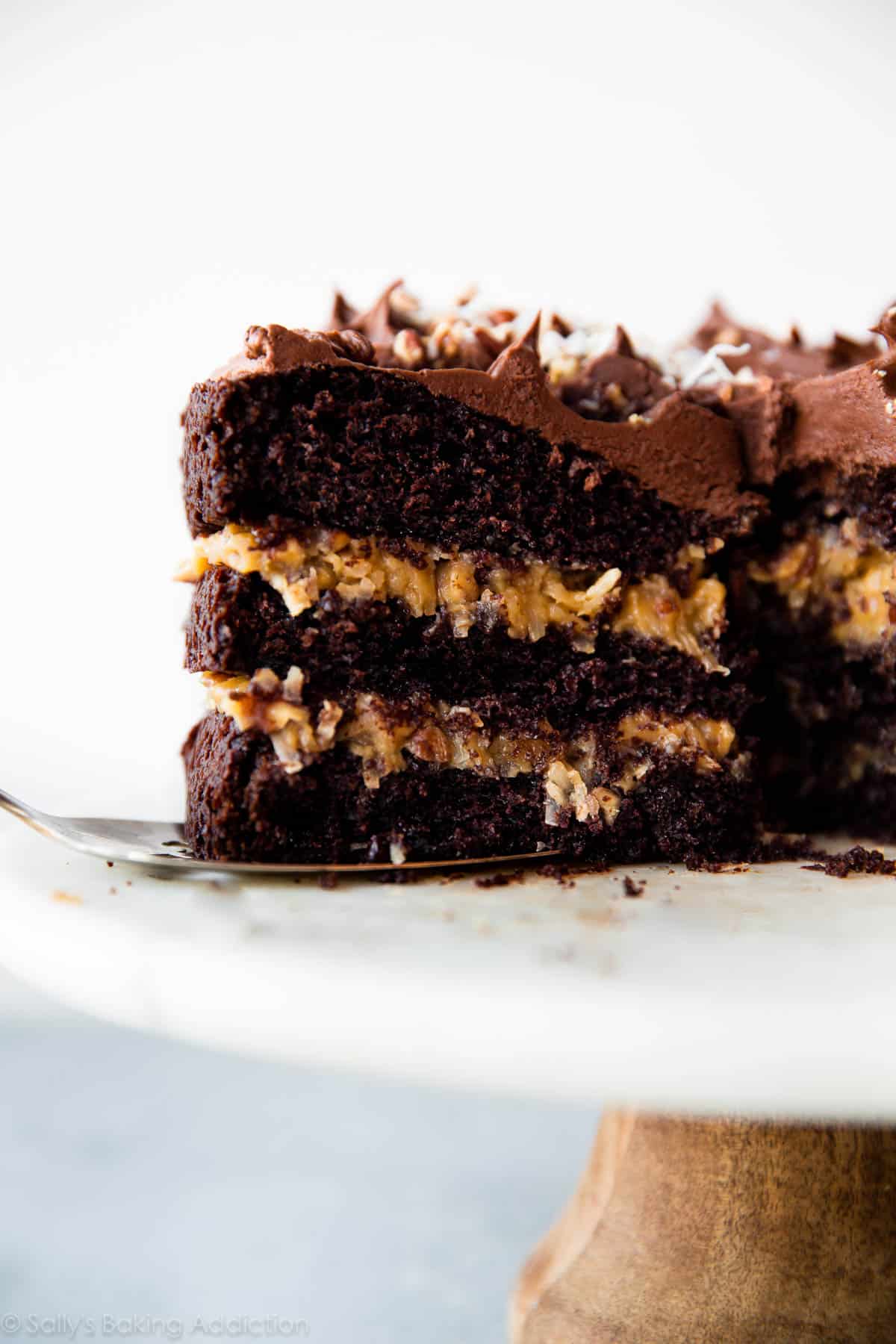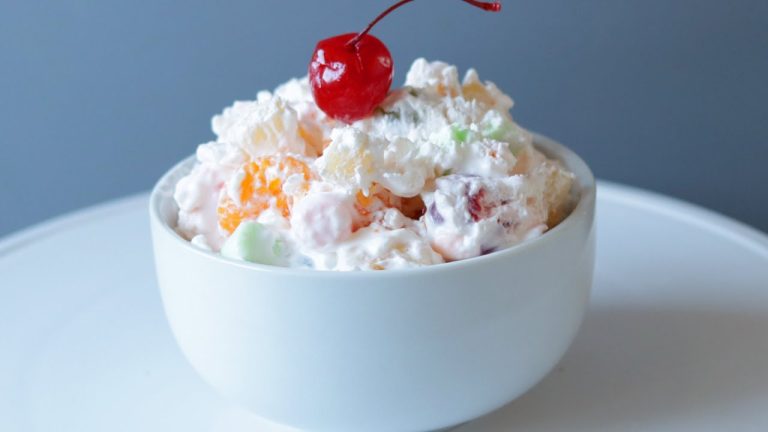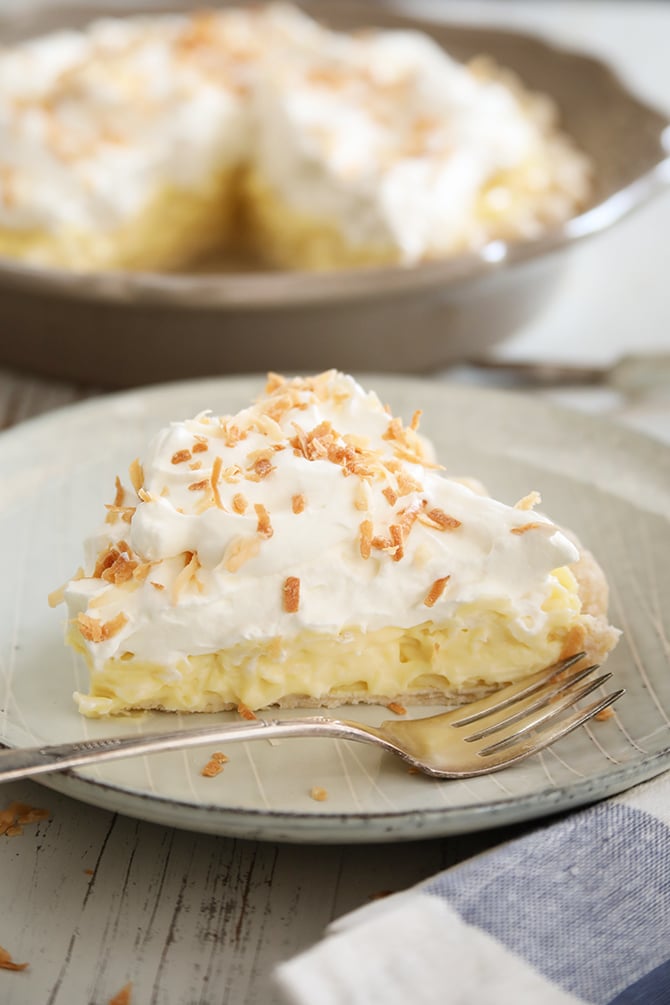German Chocolate Cake Frosting – Traditional and Creative Variations
German chocolate cake frosting originated in the United States, not Germany. Its name derives from Samuel German, who developed a sweet baking chocolate for the Baker’s Chocolate Company in 1852. The company named the product “German’s Sweet Chocolate” in his honor. Eventually, a recipe was published in a Dallas newspaper in 1957, featuring the now-iconic cake, and it gained widespread popularity.
Evolution Over Time
Over time, German chocolate cake frosting has evolved while retaining its key ingredients. Initially, the traditional recipe included only evaporated milk, sugar, egg yolks, butter, vanilla, coconut, and pecans. As baking techniques advanced, variations began to appear, incorporating ingredients like heavy cream for a richer consistency or toasted coconut for added texture. Despite these changes, the fundamental combination of flavors remains a hallmark of this beloved frosting.
Key Ingredients in German Chocolate Cake Frosting
Coconut and Pecans
Coconut and pecans, integral to German chocolate cake frosting, create distinctive textures and flavors. Sweetened shredded coconut offers a chewy contrast, enhancing each bite. Pecans, usually chopped, add a nutty crunch and complement the coconut’s sweetness. Toasting the pecans before adding them can intensify the nutty flavors, providing a richer profile.
Evaporated Milk and Sugar
Evaporated milk and sugar form the creamy base. Evaporated milk, thicker than regular milk, contributes to the frosting’s luxurious texture. Combined with granulated sugar, it creates the sweet, smooth foundation essential for German chocolate cake frosting. The slow cooking of these ingredients ensures a perfectly balanced, caramel-like consistency that’s both rich and indulgent.
Making Your Own German Chocolate Cake Frosting
Step-by-Step Guide
- Gather Ingredients: Assemble evaporated milk, sugar, egg yolks, butter, vanilla extract, sweetened shredded coconut, and chopped pecans. Use 1 cup evaporated milk, 1 cup sugar, 3 egg yolks, 1/2 cup butter, 1 teaspoon vanilla extract, 1 1/3 cups sweetened shredded coconut, and 1 cup chopped pecans.
- Combine Milk, Sugar, and Yolks: In a saucepan, mix evaporated milk, sugar, and egg yolks until smooth. Use a medium heat setting to cook the mixture, stirring continuously to avoid curdling.
- Add Butter and Vanilla: Once the mixture thickens, add butter and vanilla extract and continue to stir until the butter melts completely. Ensure a consistent texture by stirring constantly.
- Incorporate Coconut and Pecans: Remove the saucepan from the heat and stir in shredded coconut and chopped pecans. Combine thoroughly for an even distribution of textures.
- Cool the Frosting: Allow the frosting to cool at room temperature or refrigerate it to achieve the desired consistency. Use the cooled frosting to top your German chocolate cake layers generously.
- Overcooking the Egg Yolks: Overheating can cause egg yolks to scramble. Cook the mixture on medium heat and stir constantly to prevent this.
- Inconsistent Stirring: To avoid lumps, ensure you stir continuously. This prevents the ingredients from sticking to the bottom of the pan and burning.
- Not Cooling Properly: Applying warm frosting can cause it to be runny. Always cool the frosting completely before using it on the cake to achieve the correct consistency.
- Using Unsweetened Coconut: Sweetened shredded coconut provides the necessary sweetness and texture. Ensure you’re using the specified type to maintain the authentic taste.
Variations of German Chocolate Cake Frosting
Vegan Alternatives
To create vegan versions of German chocolate cake frosting, you can use plant-based ingredients instead of traditional ones. Replace evaporated milk with full-fat coconut milk or almond milk for a creamy base. To substitute egg yolks, use cornstarch or arrowroot powder as thickening agents. Opt for vegan butter or margarine instead of dairy butter. Almond extract or coconut extract can replace vanilla extract for a unique twist. Ensure all ingredients, such as shredded coconut and sugar, are vegan-certified.
Creative Ingredient Twists
Adding creative ingredients can yield unique versions of German chocolate cake frosting. Swap out traditional pecans for hazelnuts or almonds for a different flavor profile. Replace evaporated milk with heavy cream if a richer texture is desired. Introduce chocolate variations by mixing dark chocolate chips into the frosting. For an elevated taste, incorporate a splash of bourbon or rum. Using toasted coconut instead of regular shredded coconut can add depth in both flavor and texture.
Conclusion
Mastering German chocolate cake frosting opens up a world of delicious possibilities. Whether you stick to the traditional recipe or experiment with modern variations, this frosting is sure to elevate your baking game. Vegan options and creative twists offer something for everyone, ensuring no one misses out on this delightful treat. Toasted coconut can add that extra layer of depth, making your frosting truly stand out. Get ready to impress your friends and family with a frosting that’s rich in history and bursting with flavor.





